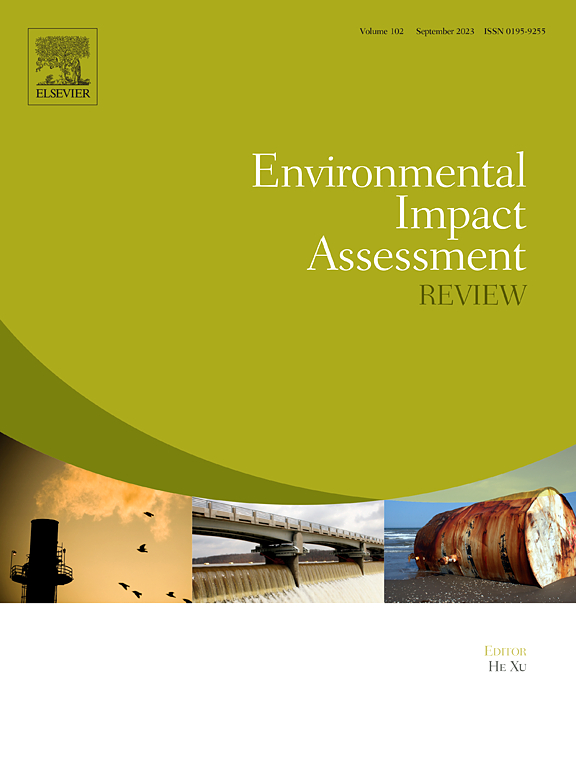The effect of environmental centralization: An assessment of China's environmental vertical management reform below provincial level
IF 9.8
1区 社会学
Q1 ENVIRONMENTAL STUDIES
引用次数: 0
Abstract
To strengthen the top-down supervision over local environmental management, China has gradually initiated environmental vertical management reform (EVMR) below provincial level since 2016, which empowers provincial environmental agency to replace municipal government to directly administrate municipal environmental agencies. As the largest environmental centralization reform in China since the opening and reform, the effect of EVMR below provincial level on environmental quality and the underlying mechanisms remain relatively underexplored. Taking air quality as the indicator, one of the most prominent environmental issues in China, and using panel data of 255 municipalities during 2011–2021 and staggered difference-in-differences model, this research finds that that averagely, the reform reduced municipal annual PM2.5 concentration by about 8.03 %. However, the effect was not significant until the fourth year after the reform. In addition, the reform effects were heterogeneous for cities with different levels of resource endowments, attention of high-level authority, and economic growth pressure. Further analysis shows that the reform has strengthened the working incentive of municipal environmental agency by increasing their budget and enhancing law enforcement power. However, the reform has failed to boost the environmental attention of municipal governments, which are inclined to view environmental agency as an outsider rather than collaborator. Moreover, it is found that in part of cities, the personnel management along with the EVMR is still lagged and municipal environmental agency is still subject to the intervention of municipal government, which negatively affect the working enthusiasm of the environmental officers and thus the reform effect. Finally, this paper proposes corresponding suggestions to further improve the reform effect.
环境集中管理的效果:中国省级以下环保垂直管理改革评估
为加强对地方环境管理自上而下的监管,中国自 2016 年起逐步启动省以下环境垂直管理改革(EVMR),授权省级环保机构取代市级政府直接管理市级环保机构。作为改革开放以来中国最大规模的环境集权改革,省以下环境垂直管理改革对环境质量的影响及其内在机制的研究仍相对不足。本研究以中国最突出的环境问题之一--空气质量为指标,利用 2011-2021 年 255 个城市的面板数据和交错差分模型,发现改革平均降低了城市 PM2.5 年浓度约 8.03%。然而,改革效果在改革后第四年才显现出来。此外,对于资源禀赋、高层关注度和经济增长压力不同的城市,改革效果也不尽相同。进一步分析表明,改革通过增加预算和提高执法力度,增强了市级环保机构的工作积极性。然而,改革未能提高市政府对环境问题的重视程度,市政府倾向于将环保机构视为局外人而非合作者。此外,研究还发现,部分城市的人事管理与环境影响评价制度仍然滞后,市级环保机构仍然受到市政府的干预,这对环保官员的工作积极性产生了负面影响,进而影响了改革效果。最后,本文提出了进一步提高改革效果的相应建议。
本文章由计算机程序翻译,如有差异,请以英文原文为准。
求助全文
约1分钟内获得全文
求助全文
来源期刊

Environmental Impact Assessment Review
ENVIRONMENTAL STUDIES-
CiteScore
12.60
自引率
10.10%
发文量
200
审稿时长
33 days
期刊介绍:
Environmental Impact Assessment Review is an interdisciplinary journal that serves a global audience of practitioners, policymakers, and academics involved in assessing the environmental impact of policies, projects, processes, and products. The journal focuses on innovative theory and practice in environmental impact assessment (EIA). Papers are expected to present innovative ideas, be topical, and coherent. The journal emphasizes concepts, methods, techniques, approaches, and systems related to EIA theory and practice.
 求助内容:
求助内容: 应助结果提醒方式:
应助结果提醒方式:


